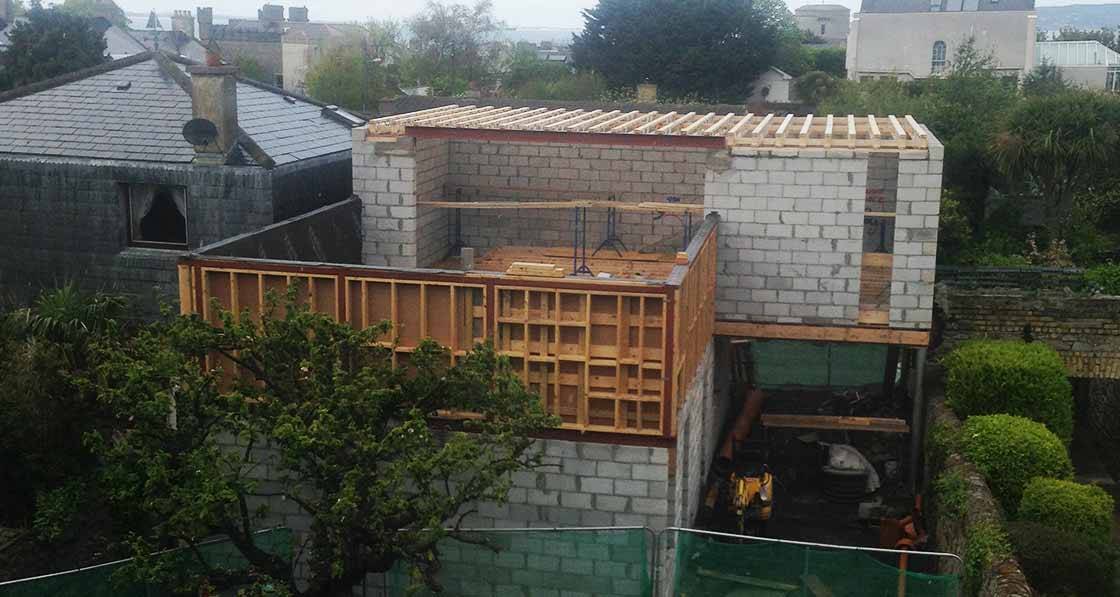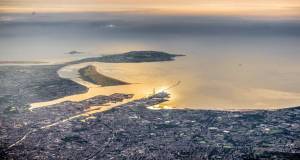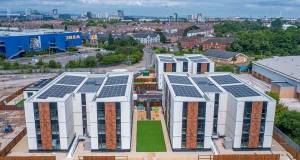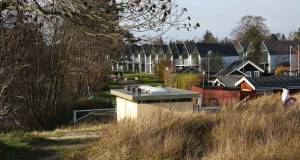
- Marketplace
- Posted
Work underway on ‘crowd funded’ passive house
Work is progressing on a house designed by Passive House Plus columnist Mel Reynolds that is expected to be certified to the passive house ‘plus’ standard, and which was financed by Property Bridges, Ireland’s first peer-to-peer lender for development finance.
This article was originally published in issue 30 of Passive House Plus magazine. Want immediate access to all back issues and exclusive extra content? Click here to subscribe for as little as €10, or click here to receive the next issue free of charge
Reynolds, an architect and certified passive designer, is building the 120 square metre house in the garden of his existing home in Dún Laoghaire, Co Dublin. The build was about half way complete at the time Passive House Plus went to print.
Reynolds, one of Ireland’s leading commentators on the housing crisis, said that when he went looking for finance for the build, he found there was a “complete lack of development funding out there” for small projects such as this in Ireland. He said that small developers are even struggling to get finance for projects on which all units had been pre-sold.
Property Bridges is “an example of the market sort of stepping in and providing something where it doesn’t exist,” Reynolds said. “I think it’s a really disruptive idea to shake things up a bit.”
Property Bridges is a peer-to-peer lending service that provides finance for small-scale construction projects. It allows individuals to invest sums from as little €500 in specific building projects, with potential returns of 8% to 12% over 12 months. Reynolds’s house was the first project funded by the new startup.
Reynolds’s new house is of masonry construction with external insulation, and will have an 8kW solar photovoltaic array covering 41 square metres on the roof. Reynolds believes it should meet the passive house ‘plus’ benchmark, which is awarded to passive house projects that also generate a specified amount of renewable energy each year. “I wanted a house that looks well, is simple, and isn’t all about the technology,” he says





